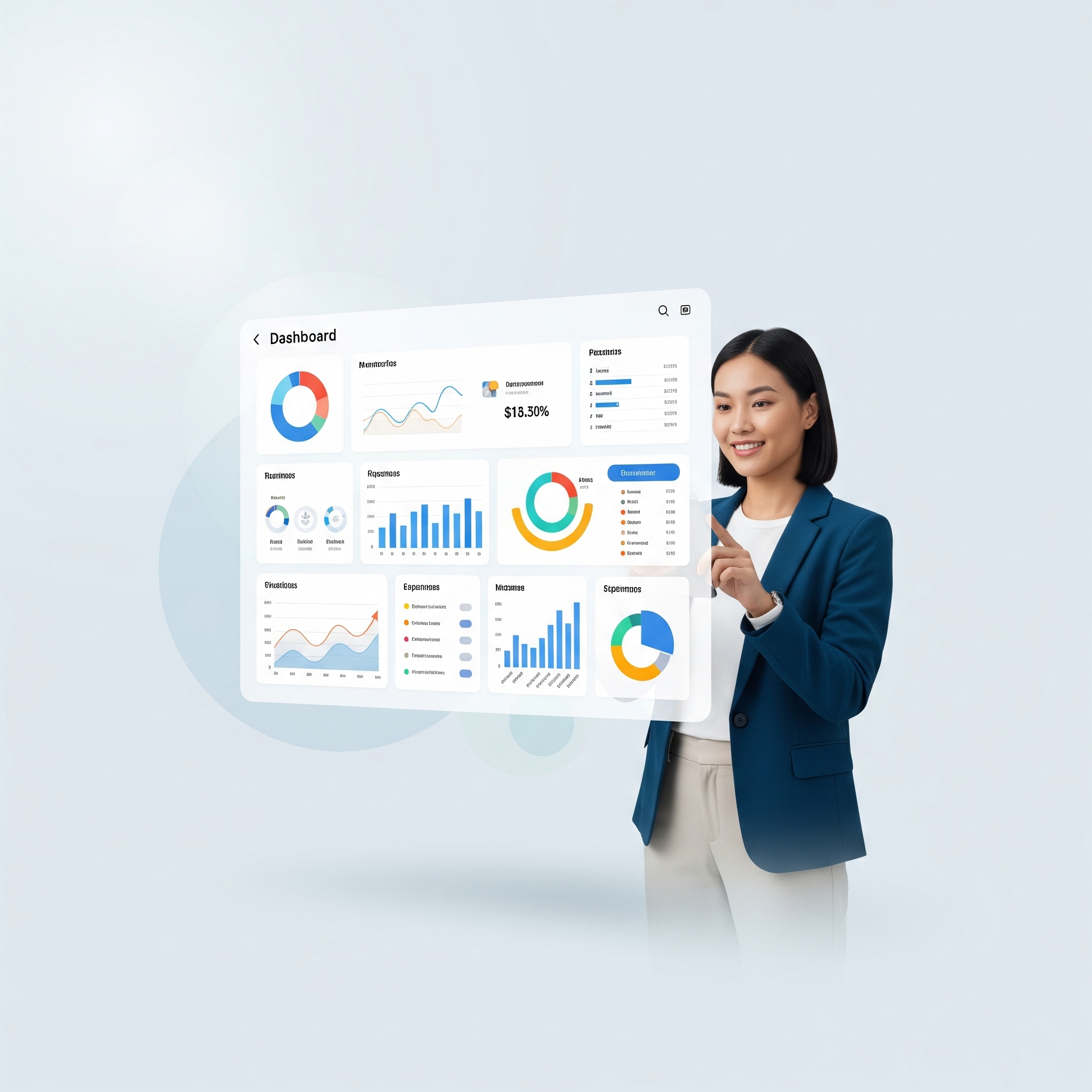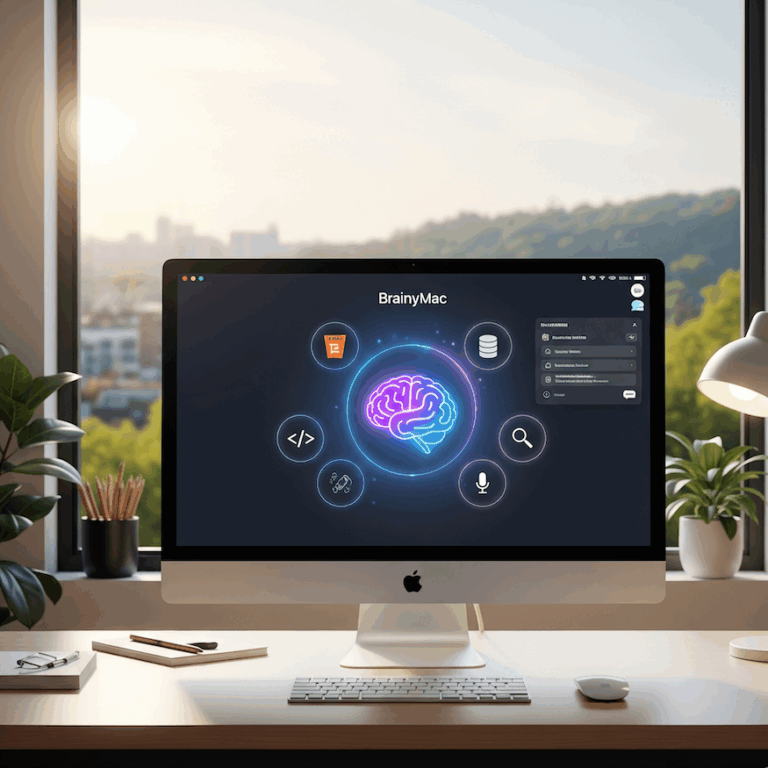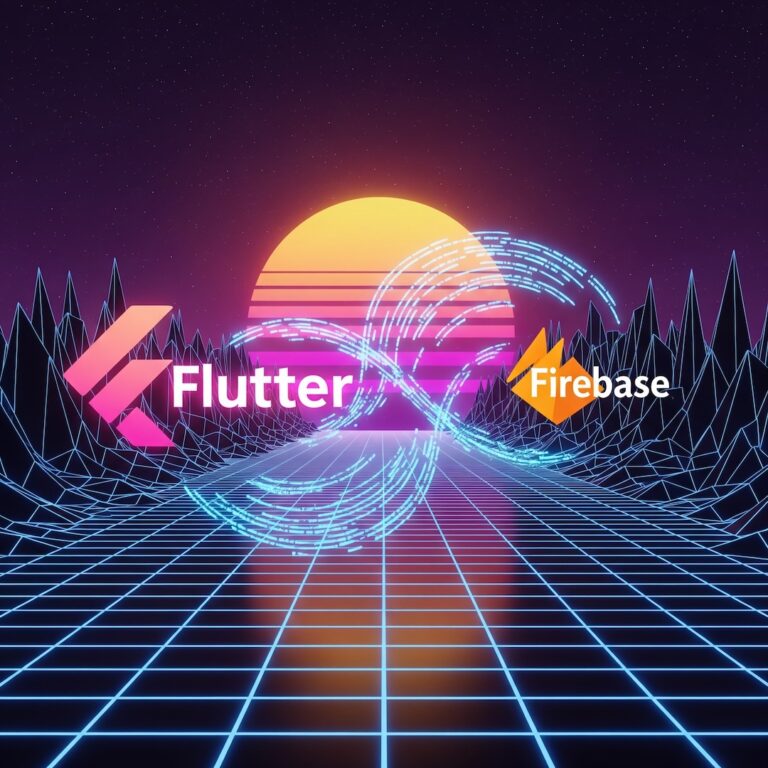FinTrack: Master Your Money, Simplify Your Life
Ever felt that sinking dread when faced with a pile of bills you don’t quite understand? Or maybe you’ve just stared blankly at your bank statement, wondering where all your hard-earned cash has mysteriously vanished to? Believe me, you’re not alone. We’ve all been there, haven’t we? That feeling of being utterly overwhelmed by the sheer complexity of managing personal finances, let alone trying to wrap your head around things like benefits and credit.
It’s a common story, really. One minute you’re earning, the next it feels like your money’s got a mind of its own, darting off to who-knows-where. Tracking those pesky recurring expenses can be a nightmare – did I cancel that streaming service I haven’t watched in months, or am I still inadvertently funding someone’s lavish lifestyle? And don’t even get me started on the labyrinthine world of benefit entitlements! Trying to figure out what you might be owed and how it all ties into your income can feel like deciphering ancient hieroglyphs. Then there’s the whole “cloud-based app” thing. While convenient, the thought of all your sensitive financial data floating around on some distant server can be a bit… unsettling, right? Privacy is a big deal, and sometimes it feels like we’re constantly being asked to compromise it for convenience.
That’s precisely why FinTrack was born! It’s designed to be your user-centric, private financial companion, tackling these challenges head-on. In this post, we’re going to dive into why getting a grip on your finances is so crucial, the journey of how FinTrack came to be, and how it empowers you to regain control and clarity over your money. Ready to banish that financial chaos once and for all? Let’s do this!
The Importance of Managing Your Income and Expenses
So, why bother tracking every last penny? Honestly, it’s not about becoming a Scrooge McDuck, swimming in gold coins (though that does sound rather appealing, doesn’t it?). It’s about building a solid foundation for your financial future and, perhaps more importantly, reducing that nagging financial stress that seems to follow us around.
First off, it’s about hitting those financial goals. Whether you’re dreaming of a shiny new gadget (like a smart speaker, perhaps? I’ve definitely been there!), paying down that credit card debt that’s been hanging over your head, or building up a nice little nest egg for a rainy day, knowing where your money goes is the first step. It’s like planning a road trip; you wouldn’t just hop in the car and hope for the best, would you? You’d check your fuel, plan your route, and budget for snacks!
Then there’s the mental load. Financial worries can be incredibly draining. The constant anxiety about bills, the fear of the unexpected – it’s a heavy burden. By actively managing your income and expenses, you start making informed decisions. You move from a reactive “Oh no, another bill!” mindset to a proactive “Right, I know this is coming, and I’ve got it covered.” That sense of control? It’s priceless, genuinely.
Tracking your spending also paints a really clear picture of your cash flow. You’ll spot patterns you never knew existed. “Hang on, I spend how much on fancy coffees?!” (No judgment here, we all have our vices!) Identifying these spending habits allows you to see areas where you could potentially save, freeing up cash for what truly matters to you. And let’s not forget preparing for those curveballs life loves to throw. A car repair, a leaky roof – having a clear financial picture means you’re not just hoping for the best, you’re prepared.
The power of awareness can’t be overstated. It’s a bit like finally putting on your glasses after years of squinting; suddenly, everything becomes clear. You see exactly how your money flows in and out, where it gathers, and where it disappears to. This awareness creates a clear picture of your financial landscape, allowing you to make smarter choices. The psychological benefits of feeling in control are immense; it’s a huge weight lifted off your shoulders, replaced by a sense of calm and capability.
Of course, the flip side of not tracking is pretty grim. Overspending becomes the norm, debt accumulates like dust bunnies under the sofa, and missed financial opportunities are, well, missed. Without a clear view, you’re less prepared for emergencies, and those unexpected events can turn into major crises. It’s like sailing without a map; you might drift along fine for a bit, but eventually, you’re bound to hit a rock (or run out of snacks, which is arguably worse!).
The Story Behind FinTrack: Why It Was Created
Right, let’s get a bit personal, shall we? Every app, every tool, every little solution usually springs from a problem, right? FinTrack is no different. My personal lightbulb moment came from a cocktail of frustration and a healthy dose of “there has to be a better way!”
You see, I’m a bit of a tinkerer, always trying to make things work better, whether it’s designing a smart home system or, apparently, trying to figure out how much an Ikea kitchen would cost (spoiler: it’s harder than it looks to get a direct price online without sending your design off to someone!). When it came to finances, I found existing tools either overly complex, trying to do everything and overwhelming you with features you didn’t need, or they had a glaring privacy issue. I’m pretty privacy-conscious myself, always thinking about how I can run things like LLMs without giving all my data away.
But the real kicker for FinTrack was a specific need: tracking UK benefits alongside general finances. Many apps focus solely on income and outgoings, but for those of us navigating the benefits system, it’s a whole different ballgame. The complexity of understanding potential entitlements, how they interact with earnings, and just keeping tabs on what’s what felt like an unsolved puzzle. I wanted something simple, effective, and crucially, something that kept my data mine.
So, the gap FinTrack fills is pretty clear: simplicity over overwhelming complexity, unwavering emphasis on user privacy (local storage was a non-negotiable), and the unique integration of benefits tracking right alongside your everyday finances. It’s not trying to be a bank, or an investment advisor, or a financial planner. It’s just a straightforward tool to give you the information you need, directly on your device.
My development philosophy for FinTrack was always user-centric. I wanted to build something that truly empowered individuals through information. It started with a basic idea, then evolved iteratively, adding features that solved real problems, rather than just throwing everything at the wall to see what stuck. It’s been a journey, and honestly, a bit of a learning curve, but seeing FinTrack take shape and knowing it can help others gain that precious clarity? That’s what makes it all worthwhile.
FinTrack: Solving Your Financial Puzzles
Okay, let’s get into the nitty-gritty. How exactly does FinTrack help you piece together your financial puzzle? It’s all about tackling those common pain points with straightforward, effective solutions.
Core Problem 1: Lack of Income/Expense Clarity
You know that feeling when payday hits, and then poof, it’s gone? Or when you glance at your bank statement and have no idea where half your money went? We’ve all been there.
- Solution: FinTrack’s dedicated Income and Outgoings pages.
- How it helps: You can easily input all your earnings and expenditures. Recurring transactions? No problem – set them once, and FinTrack remembers. You’ll see monthly totals, categorize your spending (because who doesn’t love knowing exactly how much they spend on takeaways?), and even use the “Overrides” tab for those months when your income or a particular outgoing amount differs. It’s like having a super-organised financial assistant who never judges your spending habits!
Core Problem 2: Managing Credit and Debt
Credit cards, loans, Buy Now Pay Later (BNPL) schemes – they can feel like a tangled web, can’t they? Keeping track of what you owe, to whom, and how much credit you actually have left can be a headache.
- Solution: The dedicated Credit page.
- How it helps: This page gives you a centralised view of all your credit facilities – credit cards, personal loans, everything. You can track your current amount owed, your credit limit, and even see your credit utilisation at a glance. Plus, you can itemise purchases and log adjustments directly, making it easy to see where your credit is being used and when you’ve made payments. No more guessing games!
Core Problem 3: Navigating UK Benefits
This one’s a biggie, especially for those in England. Understanding potential entitlements, how they’re calculated, and keeping track of applications can be a truly daunting task.
- Solution: The Benefits page, complete with a helpful checklist and individual calculators for Universal Credit, PIP, JSA, ESA, and more.
- How it helps: While FinTrack doesn’t submit applications (it’s not DWP!), it empowers you with knowledge. You can select relevant benefits from a checklist, then use the built-in calculators to get estimated potential entitlements. A quick but important disclaimer here: these are estimates for England only, and you should always double-check with official sources. But seeing an estimated total and keeping track of which benefits are relevant to your situation can be incredibly empowering. It’s about demystifying the system, one calculation at a time.
Core Problem 4: Data Privacy & Control
In an age where our data seems to be everywhere, concerns about privacy are completely valid. Who really owns your financial information when it’s all stored on some company’s server?
- Solution: Local browser storage.
- How it helps: This is a core pillar of FinTrack. Your data stays your data. It’s stored directly in your web browser, meaning there are no server-side accounts, no cloud synchronisation, and no third parties peeking at your sensitive financial details. You are the sole owner and guardian of your information. Full stop.
Core Problem 5: Seeing the Big Picture
Sometimes, you just need a snapshot of your financial health – yesterday, last week, or even a custom period. Traditional banking apps can make this surprisingly difficult.
- Solution: The Dashboard page, offering flexible period views: Overview, Daily, Weekly, and Custom.
- How it helps: This is your command centre. The Dashboard summarises your income versus outgoings for any chosen timeframe, giving you a quick, digestible overview of your net balance. Want to see how last month stacked up against this one? Easy. How about your spending on a particular day? Done. It’s about instant insights, without needing to dig through endless statements.
Quick Start Guide to FinTrack
Alright, let’s get you up and running with FinTrack! It’s designed to be intuitive, but a little guided tour never hurts, does it?
1. Setting Up Your Income
This is where the money comes in (literally!).
- Navigate to the “Income” page.
- Click the big [PlusCircle icon] Add New Income button.
- Fill in the details: Name (e.g., “Monthly Salary,” “Child Benefit”), select a Category, enter the Amount, and the Date.
- If it’s a regular payment, set the recurrence (e.g., “Every 1 Month”).
- Got varying wages or bonuses? Use the “Overrides” tab for months where the amount differs – super handy for keeping things accurate without fuss.
2. Tracking Your Outgoings & Subscriptions
This is where you tell FinTrack where your money is actually going and get a good overview of your recurring commitments.
- Head over to the “Outgoings” page. This is where you’ll log all your regular expenses – everything from that daily coffee fix (no judgment here, we all have our vices!) to your monthly rent.
- Don’t forget to categorise your expenses! This is absolutely key for gaining those valuable insights into your spending patterns. Trust me, it helps you realise where you might be bleeding cash without even knowing it!
- Separately, the “Subscriptions” page provides an overview of all those recurring services you might be signed up for. While currently distinct from your general outgoings (a future feature, perhaps!), it’s a brilliant way to keep a mental track of those regular payments and ensure you’re not paying for something you no longer use.
3. Managing Your Credit
Conquering credit feels great, and FinTrack makes it easy.
- Go to the “Credit” page.
- Click [PlusCircle icon] Add Credit and choose the facility type (e.g., “Credit Card,” “Loan”).
- Input the details like Provider, a Nickname (so you know which card is which!), Current Amount Owed, and your Credit Limit.
- Use “Manage Items” for significant purchases on an account – helps you see where that credit is really going.
- Need to record a payment, a fee, or a new charge? Use “Log Adjustment” to update your balance directly and keep everything up-to-date.
4. Exploring Your Benefits (UK – England)
This is a really powerful feature, particularly if you’re navigating the UK benefits system.
- Visit the “Benefits” page.
- Use the “Your DWP Benefits” checklist to select any benefits that might be relevant to your situation.
- Expand the calculators for estimates (e.g., Universal Credit, PIP). Remember, these are estimates, designed to give you an idea of potential entitlements, not guaranteed figures. It’s about empowering you with information so you can seek official advice if needed.
5. Viewing Your Dashboard
Your financial overview, at a glance!
- The “Dashboard” (which is also your Home page) is where you’ll see your financial summary.
- Use the tabs (Overview, Daily, Weekly, Custom) to change the period you’re viewing. Want to see your financial health for the last three months? Easy!
- See your Net Balance for the selected period – it’s a quick indicator of whether you’re in the black or the red.
6. Data Management (Settings Page)
Because your data is yours, you need to be able to manage it.
- Regularly use “Download Data” to back up your information. This is crucial! Think of it as saving your progress in a game – you wouldn’t want to lose hours of hard work, would you?
- Need to restore or transfer your data to another browser or device? Use “Upload Data.”
- Want a summary for your own records or just to feel super organised? Use “Generate & Print Report” for a clear financial summary.
7. Customizing Your Experience
FinTrack is about your preferences.
- Theme Toggle: Light mode or dark mode? Pick what works best for your eyes!
- Custom categories: The default categories are great, but if you want to track “Indulgent Snacks” separately from “Groceries,” you absolutely can!
- Using emojis: Add a little visual flair to your categories or entries with emojis. Makes things a bit more fun, doesn’t it?
The Future of FinTrack
What’s next for FinTrack? Well, the vision remains consistent: to keep it simple, private, and incredibly useful. I’m always tinkering with ideas, listening to feedback, and thinking about how to make it even more seamless for you. The commitment to user privacy and simplicity will always be at the forefront of any future development. No feature bloat, no sneaky cloud syncs – just more powerful, user-controlled tools to help you manage your money.
So there you have it. FinTrack is more than just an app; it’s a tool built out of a real need, designed to bring clarity and control back to your financial life. It’s about empowering you to understand your income, expenses, credit, and even those often-confusing UK benefits, all while keeping your data firmly in your hands.
Stop feeling overwhelmed and start experiencing the peace of mind that comes with knowing exactly where you stand financially. Ready to take that first step towards a clearer, more controlled financial future?
Why not try FinTrack today and experience the clarity and control it brings to your financial life! What’s the one financial puzzle you’re hoping FinTrack can help you solve? Let me know in the comments below – I’m always keen to hear your thoughts!








